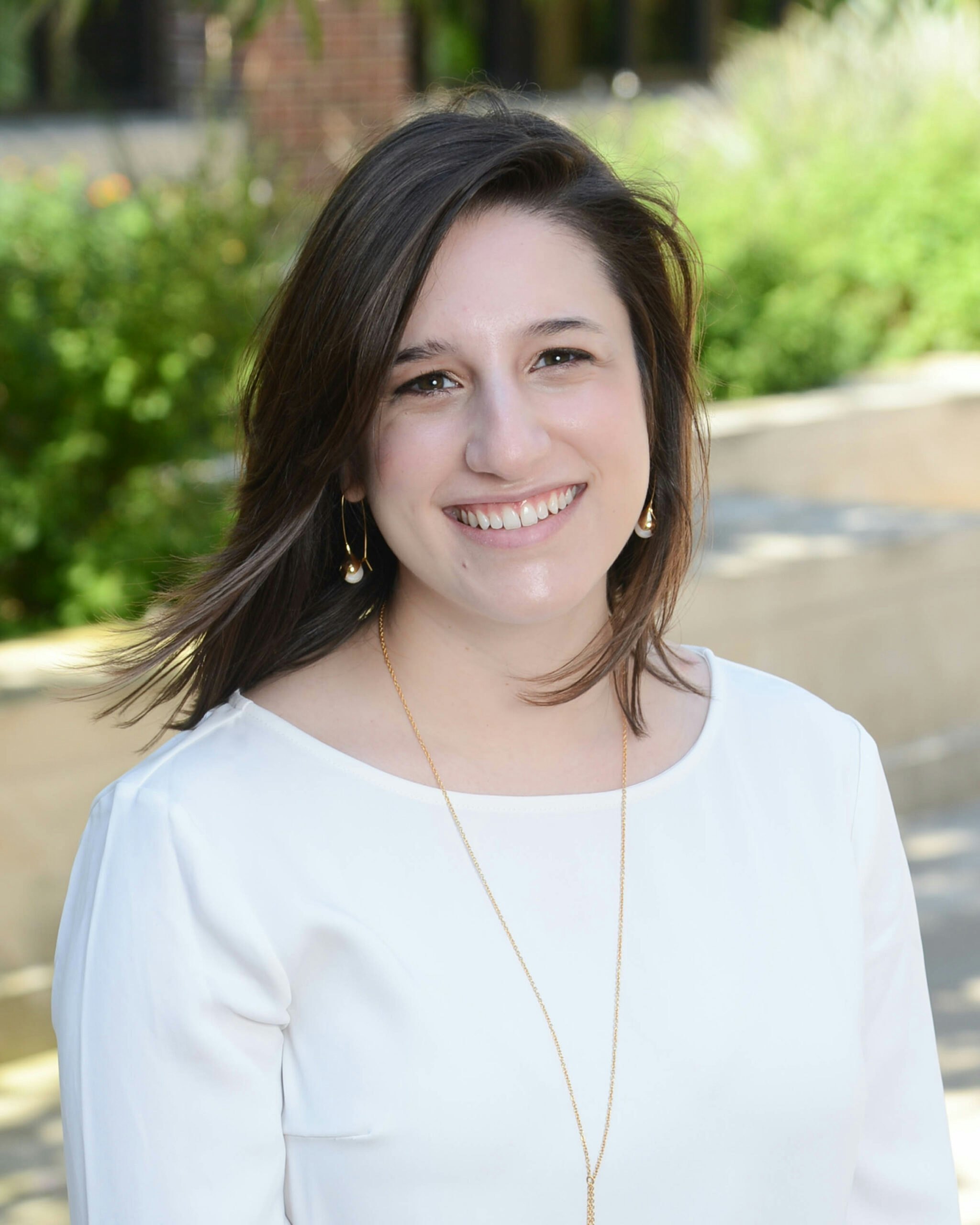Juan Carlos Hernandez came to the U.S. as an immigrant but later volunteered to defend the country. He lost his leg while doing so, but not his love for his adopted country.
Stories from American Immigrants
This story is a part of the Bush Institute’s Stories from American Immigrants series that looks at different ways immigrants contribute to the U.S. and its economy. Read the report
More Stories
Tulip Nandu: From India to Indiana to Dallas in Pursuit of Higher Education
Juan Carlos Hernandez was a door gunner on a Chinook 47 for the U.S. Army. On Oct. 13, 2009, while conducting a routine nighttime air mission in Afghanistan, an enemy rocket-propelled grenade (RPG) hit his helicopter. He lost his right leg below the knee from the shrapnel that came through the floor of where he was standing.
Before Juan was injured in Afghanistan and before he made the decision to protect the United States, Juan was a scared 9-year-old boy trying to cross the U.S.-Mexico border with his brothers to be re-united with their mom.
When Juan was three years old, his mom left Mexico for the U.S. to try to create a better life for herself and three sons. Juan and his brothers stayed with his grandfather until his mom had earned enough money to pay for her sons to cross the border.
“The area I grew up in Mexico is like a third-world country. I didn’t even have a pair of shoes until I was seven or eight years old,” Juan said. “We either stayed [in Mexico], where it would take several years for us to receive a green card. Or you take a risk and cross. It is like playing Russian roulette.”
Juan and his brothers took a two-day bus ride to Matamoros, which is close to Brownsville, Texas, to make the cross. His mom paid a coyote to then help her sons cross the border and keep them safe.
“It was very scary,” Juan said. “For my mom to make that decision for us, she is one of my heroes to this day. I can’t imagine what she was going through.”
Soon after crossing and being reunited, the family started filling out the necessary paperwork to become permanent residents. Juan said he doesn’t know how much money his mom spent between her three sons to make them legal, but knows that she worked multiple jobs.
At the age of 12, Juan talked his mom into getting him a fake ID and started working after school and on the weekends at a restaurant. His goal was to try to ease the burden of making ends meet for his mom by paying for his own clothing and school supplies.
According to America’s Advantage: A Handbook on Immigration and Economic Growth from the George W. Bush Institute, in 2015, approximately 65.8 percent of immigrants 16 years of age and older were in the labor force, compared to only 62.1 percent of native-born citizens.
As a 15-year-old Juan got his green card, and at the age of 18 he enlisted in the U.S. Army after graduating high school. He said he wanted to be a part of something bigger than himself and he wanted to serve and do something that he was proud of.
“It was something that I needed to do because if we had not been able to live in the U.S., I can’t even tell you what our lives would have been like,” he said.
Juan deployed to Afghanistan in December 2008 and was scheduled to return to the U.S. in December 2009. While in Afghanistan, he applied for U.S. citizenship and was granted permission to leave his base in Jalalabad to head to Bagram airfield to take the citizenship test. In May 2009, along with about 200 other individuals, he was sworn in after passing a thorough background check and the citizenship test.
“It felt good. This little part of me on the inside was jumping for joy and was happy to be there,” Juan said. “For a moment, I didn’t feel like I was in Afghanistan, given everyone was wearing uniforms. I was finally a citizen. I was an American. I finally felt that this [the U.S.] was home.”
After being injured in Afghanistan, Juan was eventually transported to Brooke Army Medical Center in San Antonio. Once there, he did therapy and was fitted for a prosthetic. In January 2010, with the help of the prosthesis, he was able to start walking again.
Through these difficult months he got his strength from his past.
“Coming to America as an illegal immigrant at the age of nine was not an easy thing to do. Living here in a different culture with no knowledge of anything was very difficult. This new challenge seemed pretty easy compared to everything else.”
Now, Juan is attending college in California and is working on his undergraduate degree. His long-term goal is to become an occupational therapist and work with kids with disabilities.































